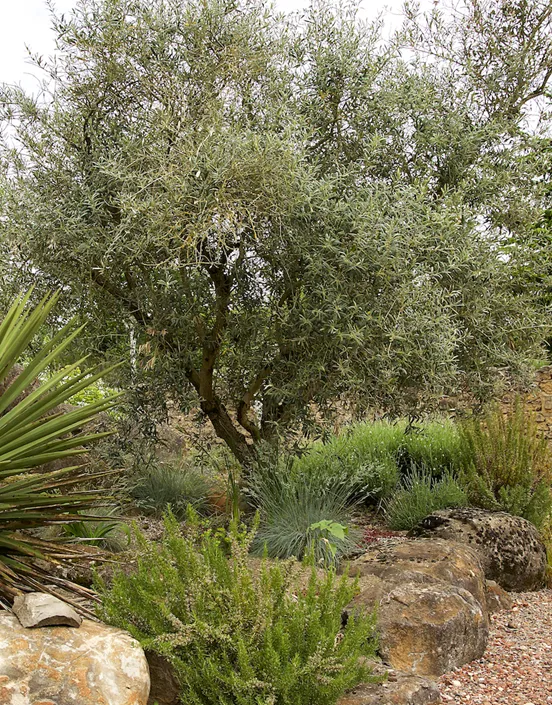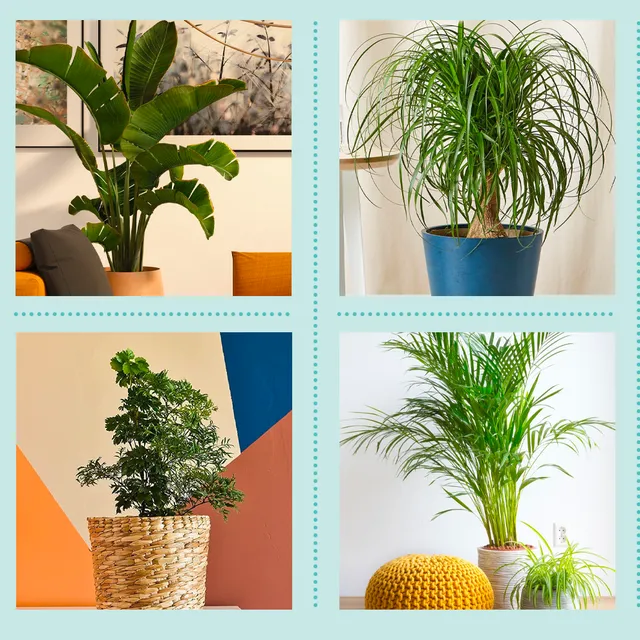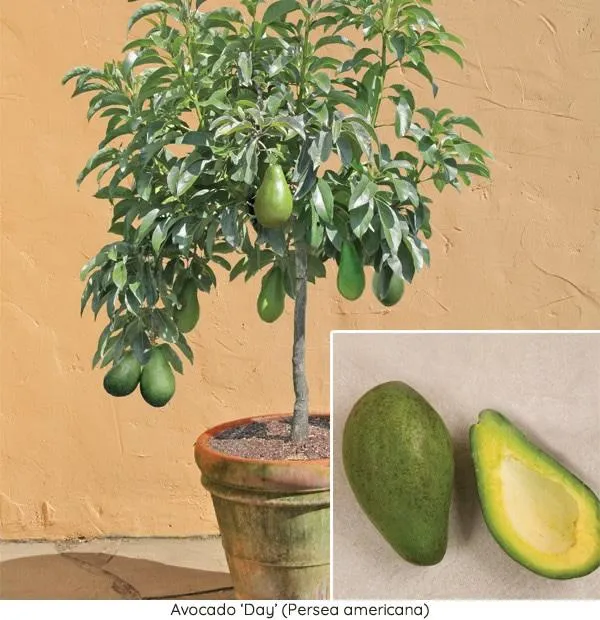Everything You Need to Know About Growing Small Trees Indoors
If you’re looking for a fun indoor gardening project or want to bring a natural element inside your home, planting a small tree could be the perfect solution. Small indoor trees not only add beauty and greenery, but they also improve air quality and offer stress relief. In this comprehensive guide, I’ll answer all your questions about selecting, caring for, and maintaining small indoor trees.
Choosing the Right Tree for Indoor Growing
When choosing a tree for indoor cultivation, pick a species known to thrive in low-light conditions. Some top options include:
- Dwarf Ficus Benjamina: Commonly called weeping fig, this is one of the hardiest and most forgiving indoor trees. It grows well in medium to low light.
- Dwarf Jade Plant: This succulent tree has thick, waxy leaves and tolerates neglect well. Just water sparingly and it will grow in very low light.
- Dwarf Umbrella Tree: Also called schefflera, this small tree adds tropical flair indoors. Provide adequate sunlight and moderate water for healthy growth.
Other great indoor tree choices include dwarf lemon or lime tree, dwarf citrus, rubber plant, and peace lily. Make sure to research your selection’s care needs before taking one home.
Preparing the Perfect Indoor Tree Environment
To set your small tree up for success indoors, follow these tips:

- Place in a spot receiving at least 4-6 hours of indirect sunlight daily. East or west-facing windows work well.
- Use well-draining potting soil designed for houseplants. Check soil moisture regularly and water when dry.
- Choose a sturdy container with drainage holes that’s 2-3 inches wider than the root ball. Terra cotta and plastic work great.
- Fertilize every 2 months during spring and summer using a houseplant formula. Dilute to package instructions.
- Provide humidity by setting the pot on a pebble-filled tray of water or using a humidifier. Most trees need 40-60% humidity.
From my experience, preparing the proper light, soil, watering, and humidity conditions leads to thriving indoor trees. With some care, you too can grow a small tree successfully inside your home!
Tips for Maintaining a Healthy Indoor Tree
Follow these routines for many years of enjoyment from your small indoor tree:
- Water regularly. Check soil with your finger and water when the top 1-2 inches are dry. Overwatering causes root rot and weak growth.
- Fertilize. During active spring and summer seasons, use diluted houseplant fertilizer every 4-6 weeks. This provides key nutrients.
- Prune for shaping. Trim back any browning or diseased branches. You can also prune for a fuller, bushier appearance over time.
- Repot occasionally. Pot up a size (no more than 2 inches larger) when roots fill the container. This encourages continued, healthy growth.
- Dust leaves. Wipe foliage weekly with a soft, dry cloth to remove dirt and promote photosynthesis.
Proper care is key to enjoying your indoor tree for years to come. Following best maintenance practices, like those above, basically guarantees success. Have fun nurturing your small tree – it may become an indoor friend!
Dealing with Common Issues for Indoor Trees
No matter how well you care for your small tree, occasional problems still crop up. Here are some troubleshooting tips:

- Yellowing leaves: May indicate overwatering, underwatering, or insufficient light. Check moisture/light and make adjustments.
- Brown leaf edges: Often caused by dry air. Boost humidity levels through pebble trays, humidifiers or grouping with other plants.
- Leaf drop: Possibly from overwatering, underwatering or pests. Check moisture, inspect for crawling or flying bugs, and treat appropriately.
- Stunted growth: Could mean poor lighting, drainage issues in the pot, poor quality potting soil, or nutrient deficiency. Check soil, lighting, fertilize.
When issues arise, sort of think like a detective by methodically examining potential causes. With some troubleshooting, you’ll be able to diagnose and treat most common problems on your indoor tree. Soon enough it’ll be thriving again!
I hope this informative guide provided answers to the kinds of questions that were on your mind when searching for “small tree plant indoor”! Let me know if you have any other specific questions. With diligent care, indoor trees can bring you years of enjoyment.
Small Indoor Tree Plant Care Information
| Tree Type | Size | Water Needs | Light Needs | Care Tips |
|---|---|---|---|---|
| Chinese Evergreen | Small to medium | Allow soil to dry out between waterings | Low to medium light | Trim occasional dead or brown leaves |
| Rubber Plant | Tall and upright | Water when top 1 inch of soil is dry | Medium to bright light | Rotate plant for even growth |
| Jade Plant | Low and spreading | Water sparingly in winter, more in summer | Bright light | Prune occasionally to maintain shape |
| Bonsai Tree | Miniaturized | Moderate watering, avoid soggy soil | Bright light | Fertilize monthly in growing season |
| Lily Plant | Medium height | Keep soil moist, do not overwater | Bright, indirect light | Deadhead spent flowers for reblooming |
FAQ
-
What kind of small trees can I plant indoors?
There are basically a few different types of small trees that do well inside. Some popular choices are orchids, jade plants, miniature bonsai, and money trees. Dwarf citrus trees can also work if you have plenty of sunlight.
-
How much sunlight do indoor trees need?
Most little indoor trees require somewhat sunny conditions. Direct sunlight for at least 6 hours per day is ideal. Some trees, like orchids or peace lilies are okay in lower light. At the same time, avoid placing trees in direct sun all day or the heat might be too much. Perhaps a bright windowsill is the happy medium.

-
What size pot should I use?
For small indoor trees, use a container that’s one or two sizes bigger than the root ball. This gives the roots room to grow. As the tree gets larger, periodically repot it in a slightly bigger pot. Strangely enough, you don’t want to use too big of a pot initially or the soil could stay wet too long.
-
How often should I water a small indoor tree?
Most little trees need watering around once a week. The frequency depends on the light and temperature though. Check the soil before watering – if it’s dry about 1/2 inch down, it’s time to water. I water my trees until water comes out the drainage holes. Sure, trees drink and thrive in tropical rainforests, but indoors keep the soil moist, not soaked.
-
Do indoor trees need fertilizer?
Fertilizing indoor trees around every couple months during the growing season helps them stay healthy. Look for a balanced houseplant food – something like a 10-10-10 ratio is good. Some folks swear by using coffee grounds or weak tea as plant fertilizer. But who knows? In the end, reading your tree’s cues is what matters most.
-
How do I get my indoor tree to branch out?
To encourage branching on an indoor tree, you can basically clip off the new emerging leaders or tip growth. This redirects the tree’s energy to putting out lower lateral branches. Pruning also helps shape the tree and keep it bushy. You may need to tie-up or stake the branches at first until they become sturdy. Plant branching can be kind of tricky so go slow and see what happens!

-
What common problems might indoor trees have?
Unfortunately, pests and disease can still affect indoor trees. Check regularly for signs of insects like aphids, whiteflies or spider mites. Overwatering might lead to root rot. On the other hand, underwatering stresses trees. Watch for leaf drop or yellowing too – this could point to problems. To keep trees healthy, give them the care they need in terms of water, light and fertilizer. What else? Consult an expert if issues persist.
